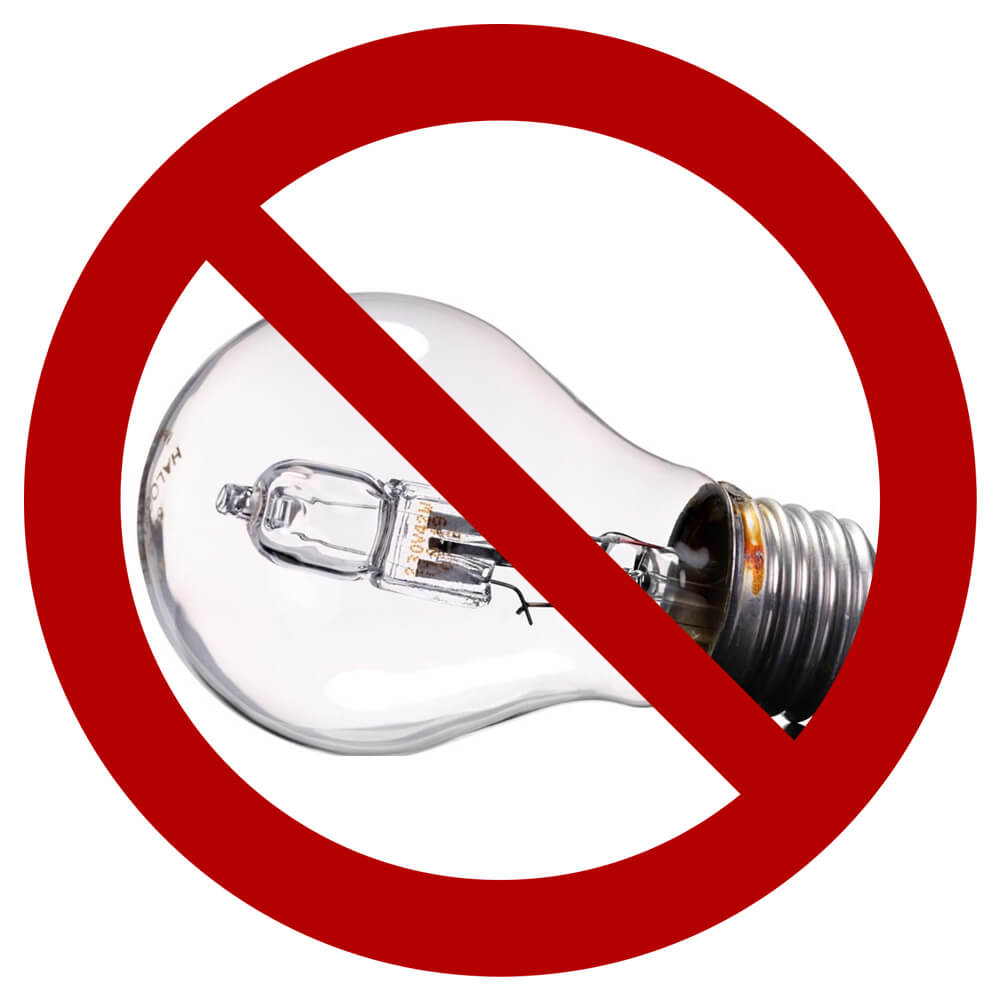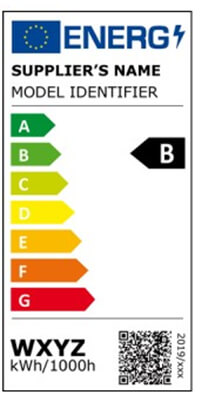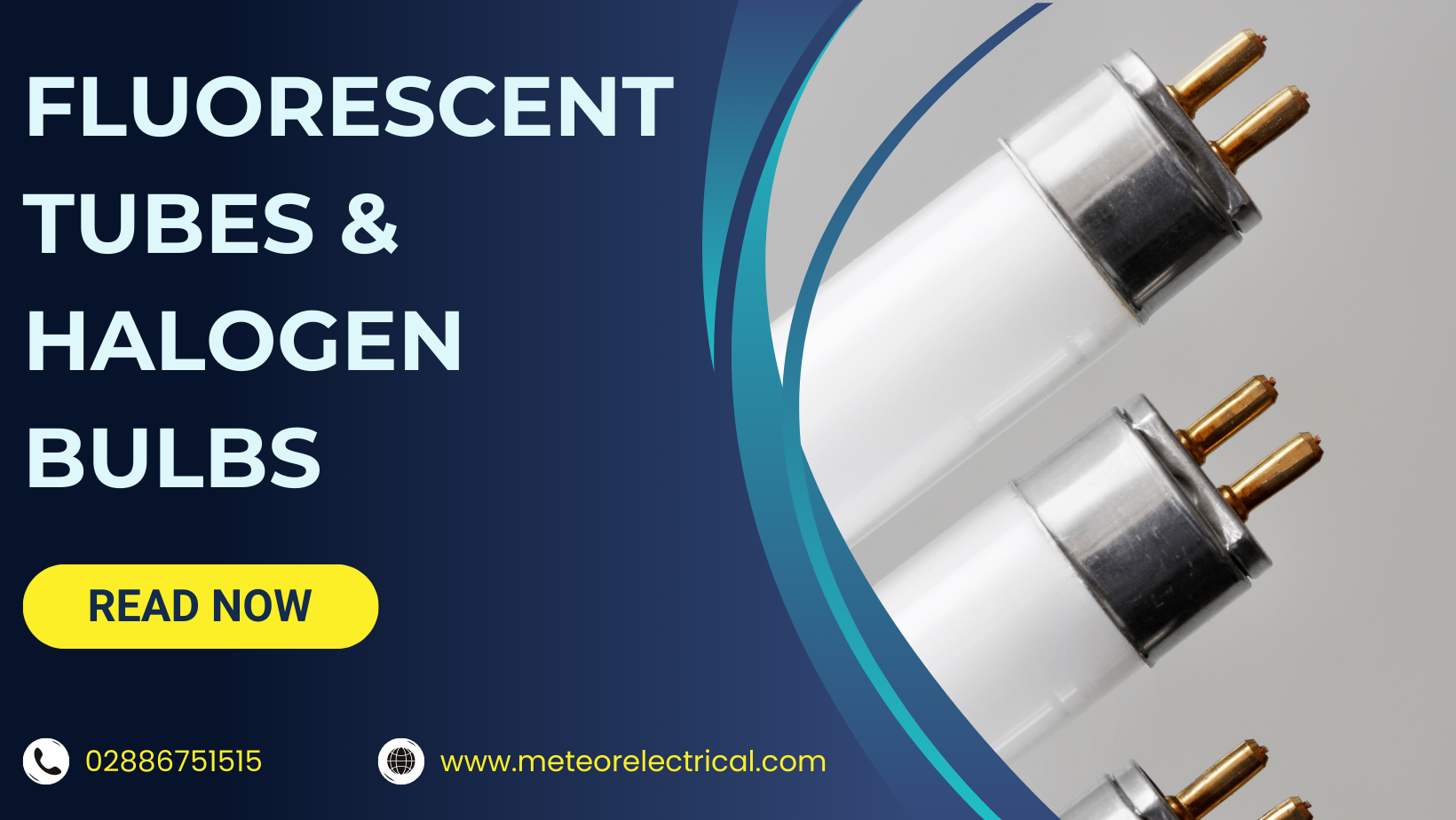Are Fluorescent Tubes & Halogen Bulbs being phased out?
Halogen and fluorescent bulbs are the least energy-efficient bulb on the market and there are more accessible energy saving alternatives to use. According to the recent Gov.uk press release, part of the government’s energy-saving efforts to tackle climate change is to ban halogen light bulbs September 2021. In addition, the government plans to start phasing out high-energy fluorescent light bulbs in September 2023.
By preventing use of halogen bulbs and fluorescent bulbs, carbon emissions are expected to reduce by 1.26 million tonnes every year which is the equivalent of removing over half a million cars from the UK’s roads.
Halogen light bulbs are commonly used to increase the visibility within households as under-cabinet lighting or used to create spotlighting and fluorescent lighting are a popular choice within commercial environments such as offices.

Make the Switch to LED Bulbs!
Two thirds of the UK population already have energy-friendly LED bulbs in their homes or business. Therefore, the population won’t be massively effected by the new legislation. LED technology has come a long way and is now able to meet the needs of end consumers regarding colour temperature, brightness and energy usage.
Switching to LED bulbs will have a positive impact to the environment due to the energy efficiency of the lamp. LED bulbs are the most energy efficient alternative to halogen and fluorescent bulbs which will help you save money, due to longer life span.
The LED bulbs typically have a longer life service, lasting several years longer than the traditional light bulbs while producing the same amount of light. Halogen and fluorescent bulbs have an average life expectancy of 2,000 hours whereas LED light bulbs can last up to 10,000 hours meaning you have very little maintenance costs.
Although, LED light bulbs do have a higher upfront cost, the Energy Saving Trust emphasised that the halogen bulb utilise £11 of power per year while the alternative LED bulb would only utilise £2 of power per year.
New Energy Efficiency Labels:
To help make the switch easier for end users, the new Single Lighting Regulation (SLR) and Energy Lighting Regulation (ELR) have adapted a new regulation of implementing a new energy efficiency labels on boxes.
The EU energy labelling is designed to help improve the energy efficiency of products in the EU markets by providing end consumers information about the energy efficiency of the product they are purchasing. The new energy label will remove the A+, A++ and A+++ ratings replacing them from a new grading system from A-G. The label is also colour coded to rate the products from dark green (most efficient) to red (least efficient) to clearly highlight the energy efficiency of the product and help end consumers to choose the most environmentally friendly option.

The new energy label will be on all products which will include additional information to help the end consumer to make the final purchasing decision. The label will include the name of product, the model of product, the energy label scale from A to G, rescaled energy efficiency class, total energy consumption and will include a QR code to provide the end consumer with access to more information on the product.
LED Equivalents Wattages to Halogen Light Bulbs & Fluorescent Light Bulbs:
Below is a conversion table which shows how much energy (in watts) halogen light bulbs, fluorescent bulbs and an LED bulb typically require to produce the same amount of light. Please note, these are approximate figures to be used as a guide only, Meteor cannot guarantee products will have exact like-for-like lumens output due to the unknown condition for pre-existing fittings.
|
Halogen Bulb |
Fluorescent Bulb |
LED Bulb |
|
15 watts |
6 watts |
2 watts |
|
25 watts |
10 watts |
5 watts |
|
40 watts |
15 watts |
7 watts |
|
45 watts |
18 watts |
9 watts |
|
60 watts |
25 watts |
12 watts |
Choosing the Colour temperature:
The colour temperature is another factor to consider when choosing the correct LED lamp to replace your halogen and fluorescent bulbs. Choosing the appropriate colour temperature is essential to create the perfect ambiance for each room.
Different environments will require different colour temperatures to suit the requirement of their business or home. For example, commercial industries such as warehouses and offices will require cool white lighting to increase the productivity and enhance the health and safety in the work environment. Whereas, hospitability industries would use warm white lighting to create a warm and inviting space for visitors.
Below is a summary table of the kelvins and their corresponding colour temperatures:
|
Cool white |
5,500 to 6,000 kelvin |
|
Neutral white |
4,000 to 4,500 kelvin |
|
Warm white |
2,500 to 3,000 kelvin |
|
Yellowish white |
+/- 2,200 kelvin |
As we move towards a more sustainable future, the imminent fluorescent tube ban underscores the global commitment to energy-efficient lighting solutions. The fluorescent tube ban signifies a transformative shift in lighting technology, encouraging consumers to embrace alternatives that are both eco-friendly and economically beneficial. With the fluorescent tube ban in place, businesses and households alike are prompted to explore modern LED lighting options. By adhering to the fluorescent tube ban, we contribute to reduced energy consumption, lower carbon footprints, and enhanced lighting quality. As the fluorescent tube ban takes effect, it is crucial for everyone to adapt to the changing landscape of lighting regulations and embrace the myriad advantages offered by newer, more efficient lighting technologies available in the market. Embracing the fluorescent tube ban not only aligns us with environmental goals but also ensures a brighter, more sustainable future for generations to come.
Conclusion:
At Meteor Electrical, we care about the environment and want to create a brighter future. The halogen bulb and fluorescent tube ban may cause uncertainty and confusion for many people.
Switching to LED lighting will save the environment and save you money! We offer a range of LED light bulbs in a range of wattages from 1.5W to 36W and a variety of colour temperatures to suit your lighting requirements.
Are you looking to upgrade your lighting to LED, but unsure of the correct level of wattage you require? Speak to our LED professional on 028 (048) 867 51515 or alternatively, read our blog on Traditional Lighting to Led Chart.
Additionally, for more information on our range of LED light bulbs, send an email at [email protected] or speak to one of our friendly advisors on the live chat!

